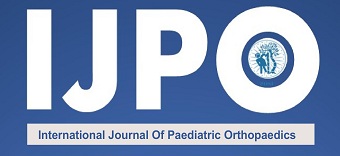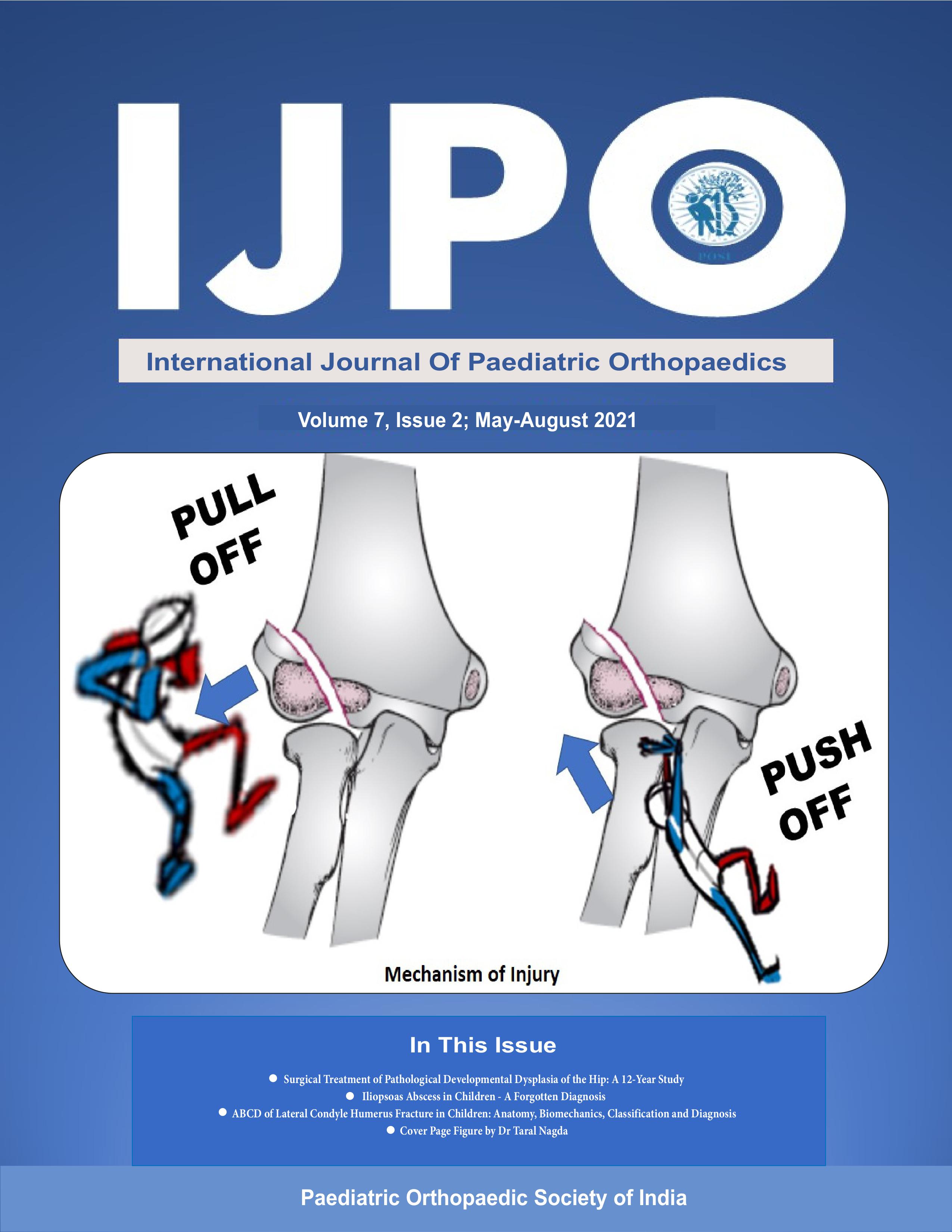Editorial
Volume 10 | Issue 1 | January-April 2024 | Page: 01 | Jayanth S. Sampath
DOI- https://doi.org/10.13107/ijpo.2024.v10.i01.170
Authors: Jayanth S. Sampath FRCSEd (Tr & Orth) [1]
[1] Department of Orthopaedics, Rainbow Children’s Hospital, Bangalore, Karnataka, India.
Address of Correspondence
Dr. Jayanth S. Sampath,
Rainbow Children’s Hospital, Bangalore, Karnataka, India.
E-mail: editor.posi.ijpo@gmail.com
Editorial
The current issue of IJPO is marked by several improvements that have been long overdue. The most important was the constitution of an Editorial Board of ten POSI members, responsible for day-to-day journal affairs. As editor, it is a pleasure to see more hands on deck. Our lead time for the publication of new issues is currently 3 months. The profiles of the new Editorial Committee members are available on the IJPO website. Our social media presence has improved through regular updates on Instagram and Facebook. We thank Dr Easwar T Ramani, POSI Webmaster for the efforts to improve the visibility and accessibility of the POSI journal. We have renewed our efforts to accredit the journal with reputed international indexing bodies.
This issue is dedicated to various aspects of cerebral palsy, an important problem in our practice. The lead article is the Indian hip surveillance guidelines for children with cerebral palsy. The result of over 2 years’ effort by POSI, led by senior members Dr Ashok Johari, Dr Dhiren Ganjwala and Dr Alaric Aroojis, the guidelines provide practical advice to the clinician for the early diagnosis of hip displacement in cerebral palsy. We have followed this with a mini-symposium on lever arm dysfunction. Starting with a basic refresher on biomechanics, subsequent articles provide a detailed account of how lever arm dysfunction affects normal function in a child with cerebral palsy, the importance of clinical examination for accurate diagnosis, the role of various investigations including gait analysis and the management of lever arm dysfunction at different levels from the hip to the foot. The symposium finishes with a flourish, a comprehensive guide to the management of upper limb problems in CP. I am sure every article in this issue will add to your understanding of cerebral palsy. Please do share the articles with your trainees and fellows. IJPO issues are easily downloadable free of charge and in full-text format from our website www.ijpoonline.com
We invite your suggestions and comments for any improvements to the journal. Kindly write to us editor@ijpo.com
It is my pleasure to acknowledge the contributions of authors, reviewers, editors, and the backend team who have been instrumental in bringing out this issue. The cover page artwork acknowledges the importance of hip surveillance in cerebral palsy.
Sincerely
Dr Jayanth S Sampath
Editor,
International Journal of Paediatric Orthopaedics
| How to Cite this Article: Sampat JS | Editorial | International Journal of Paediatric Orthopaedics | January-April 2024; 10(1): 01. https://doi.org/10.13107/ijpo.2024.v10.i01.170 |

